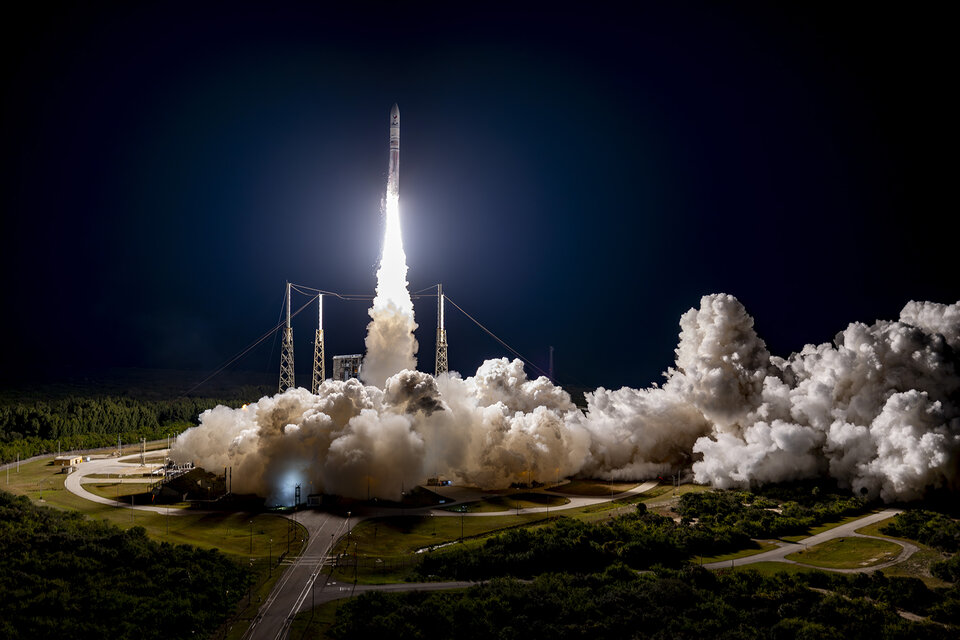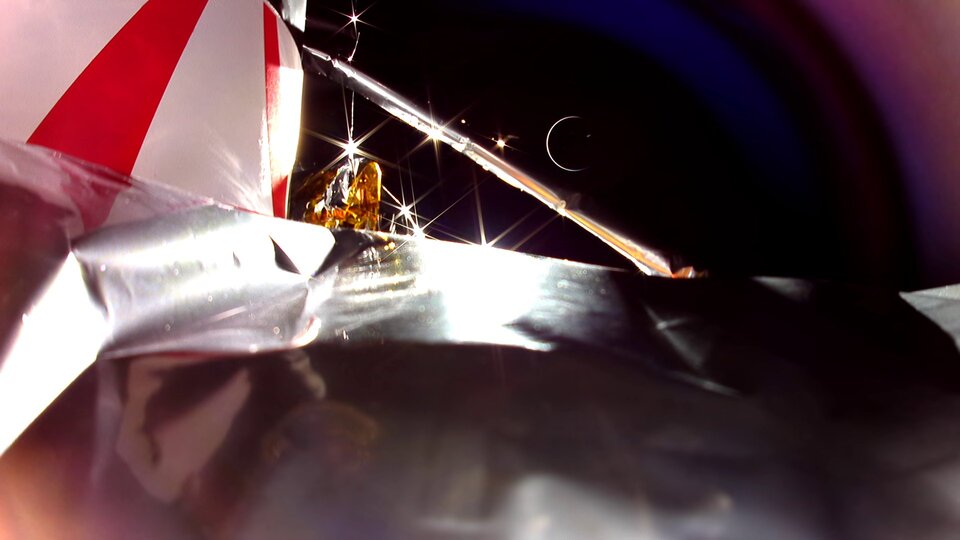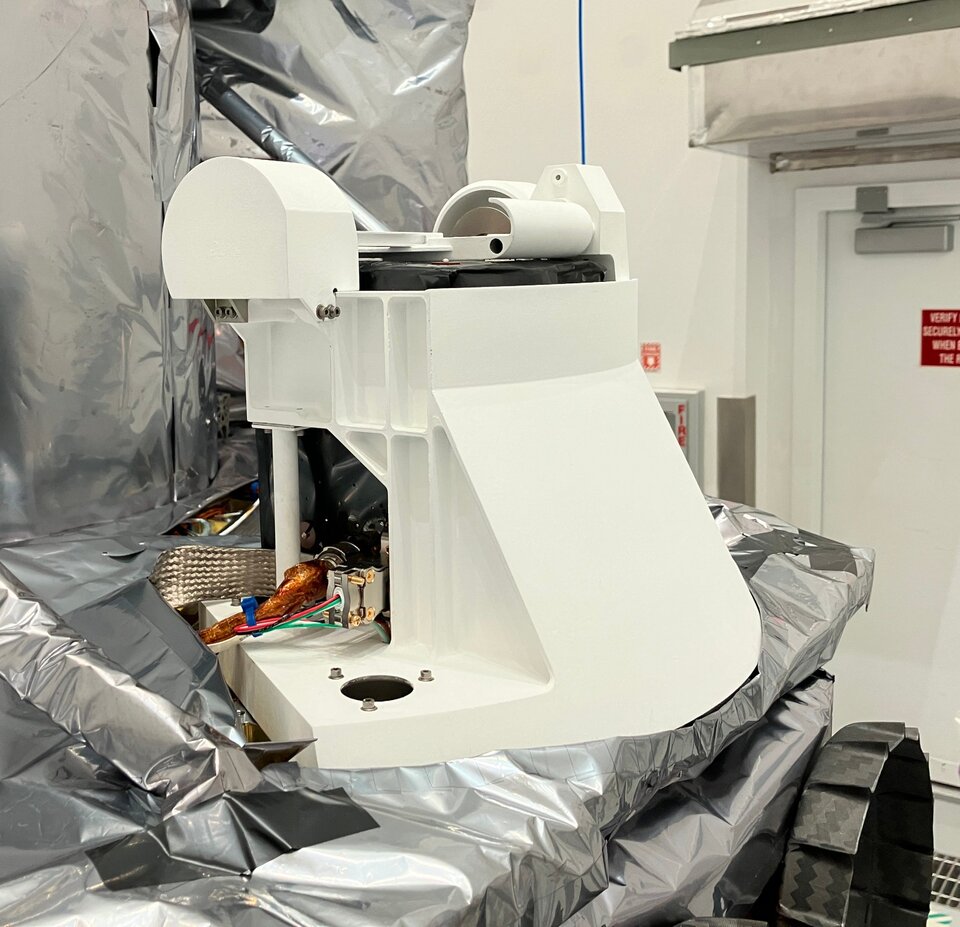Peregrine spectrometer, over and out
Yesterday, Astrobotic’s Peregrine lunar lander returned to Earth, burning up upon its reentry through the atmosphere. Although the spacecraft was not able to land on the lunar surface, ESA’s Exospheric Mass Spectrometer, the heart of a joint NASA and ESA instrument onboard destined to sniff the Moon’s surface, was able to demonstrate full functionality in space.

The Peregrine lunar lander launched towards the Moon on 8 January at 07:18 GMT on the inaugural flight of United Launch Alliance’s new Vulcan rocket. Around 50 minutes after the launch and 500 km above the Earth’s surface, Peregrine separated from the rocket and powered on. Initially, the mission planned for the lander to touchdown on the lunar surface on 23 February, delivering scientific instruments to the Gruithuisen Domes region near the north pole of the Moon. These instruments included the Peregrine Ion-Trap Mass Spectrometer (PITMS) of which ESA’s Exospheric Mass Spectrometer (EMS) is the heart. PITMS was designed to sniff the Moon’s tenuous atmosphere to chart its chemical composition.

However, a few hours into the mission, the Astrobotic team discovered a propulsion anomaly causing a critical loss of propellant, which meant there was no chance of a soft landing on the Moon as planned. Therefore, the mission changed to gathering as much data as possible from the instruments onboard while in orbit between the Moon and Earth.
On 11 January, Astrobotic confirmed that PITMS was one of the payloads that successfully powered on and communicated with the lander. Since then, the combined teams from ESA, The Open University, RAL Space and NASA’s Goddard Space Flight Center have been working day and night to “checkout and commission” the mass spectrometer, making sure the instrument operated as it should have done on the lunar surface.
“We were able to power on our instrument and checked everything was functioning as it should, then we started gathering data. We were very happy to see that the data confirmed our instrument was in good health, that it survived the launch and harsh conditions of space, and that the instrument could provide clean data,” says Roland Trautner, ESA’s EMS project manager.

Roland continues, “The team is very proud of what we have managed to achieve. EMS was developed not only as a cutting-edge scientific instrument, but also as a technology demonstrator, and back in 2020 we defined our success criteria for the mission in line with this. Therefore, what we have achieved today – developing the spectrometer in half the typical time, delivering our instrument to NASA after successful qualification for flight in 2021, followed by the recent successful checkout of the instrument in orbit – constitutes more than 90% of our project’s goals.”
Simeon Barber, the EMS Principal Investigator at The Open University, agrees. “The successful development of EMS opens new opportunities for our instrument. With EMS as a proven instrument concept, we are very well positioned for future flight opportunities, not only on landers but also on lunar rovers.”
“The success of EMS is also a testament of the good collaboration between the space agencies, industry and academia,” says Chris Howe, the EMS lead engineer at RAL Space. “The short development time would not have been possible without an efficient and trustful working relationship between those entities.”
The PITMS instrument is a collaboration between ESA and NASA’s Goddard Space Flight Center, where ESA and its contractors, The Open University and RAL Space, provided the Exospheric Mass Spectrometer at the heart of the instrument.


